Accucraft NG16 GARRATT User manual
Other Accucraft Toy manuals
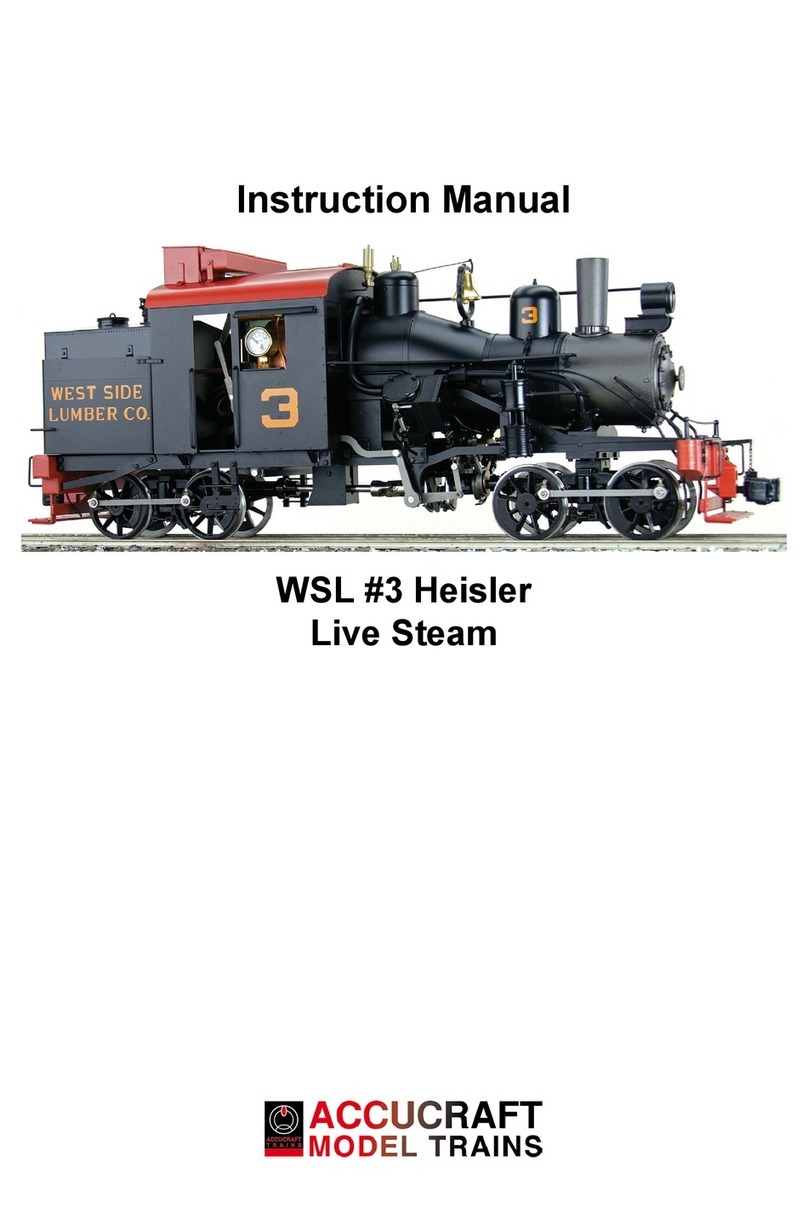
Accucraft
Accucraft WSL #3 heisler User manual

Accucraft
Accucraft SOUTHERN PACIFIC 2-6-0 M-6 ELECTRIC User manual
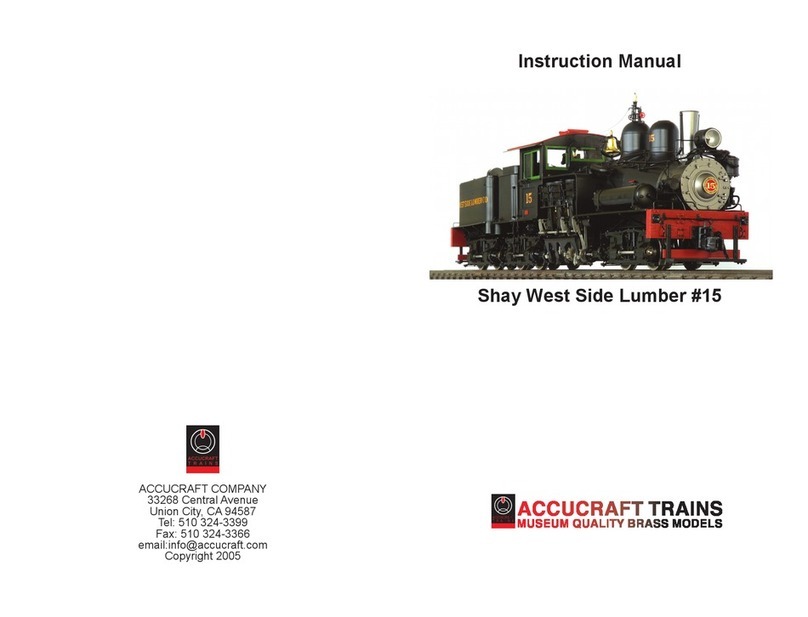
Accucraft
Accucraft wsl 15 User manual
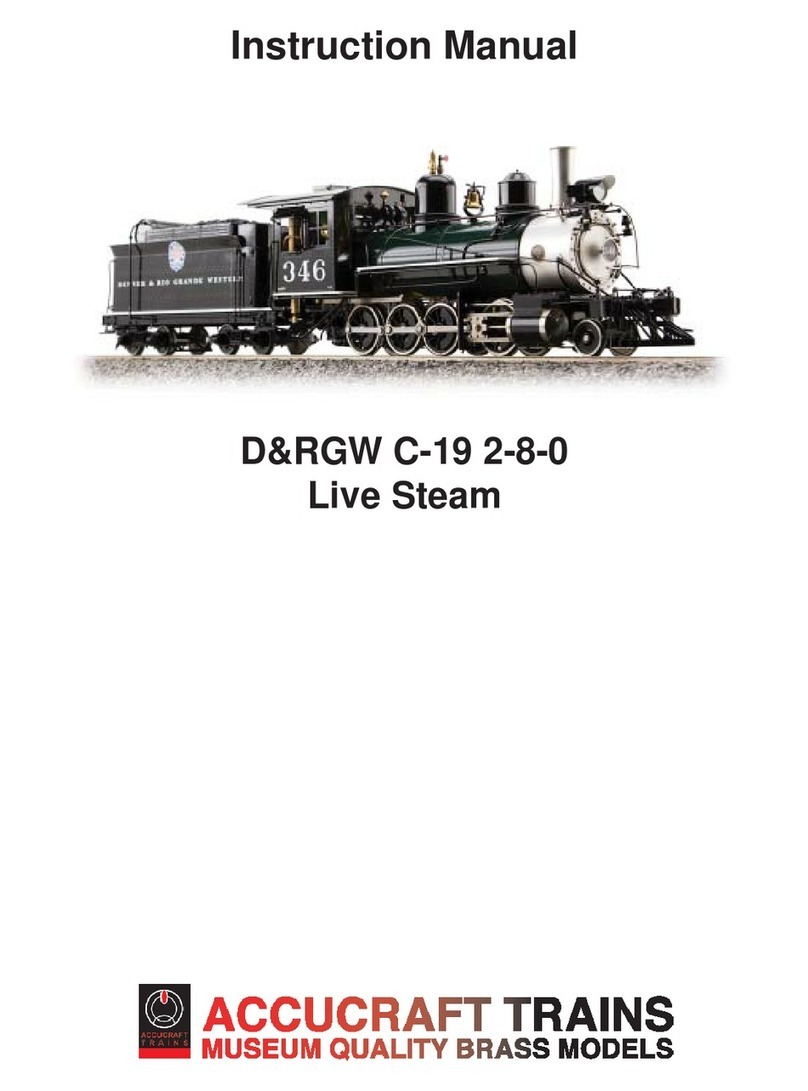
Accucraft
Accucraft D&RGW C-19 2-8-0 User manual

Accucraft
Accucraft GWR 61XX PRAIRIE User manual
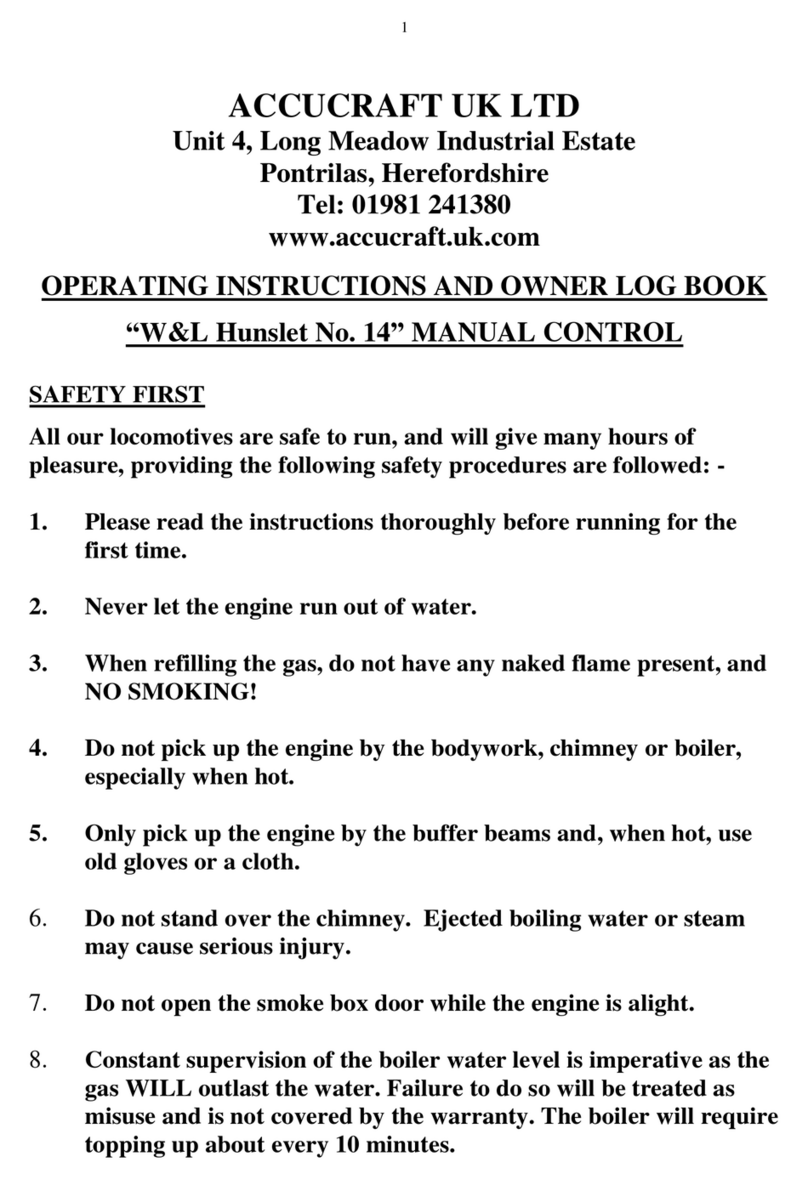
Accucraft
Accucraft "W&L Hunslet No. 14" MANUAL CONTROL User manual
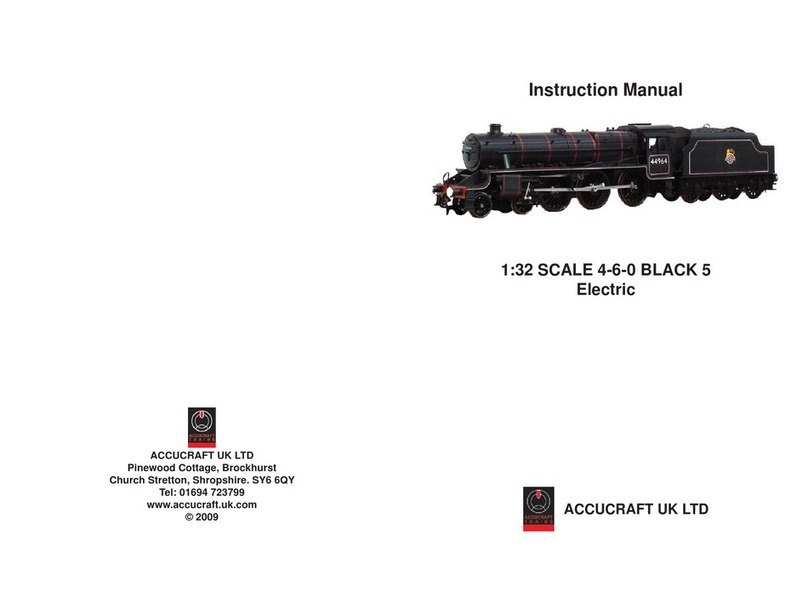
Accucraft
Accucraft 4-6-0 BLACK 5 User manual
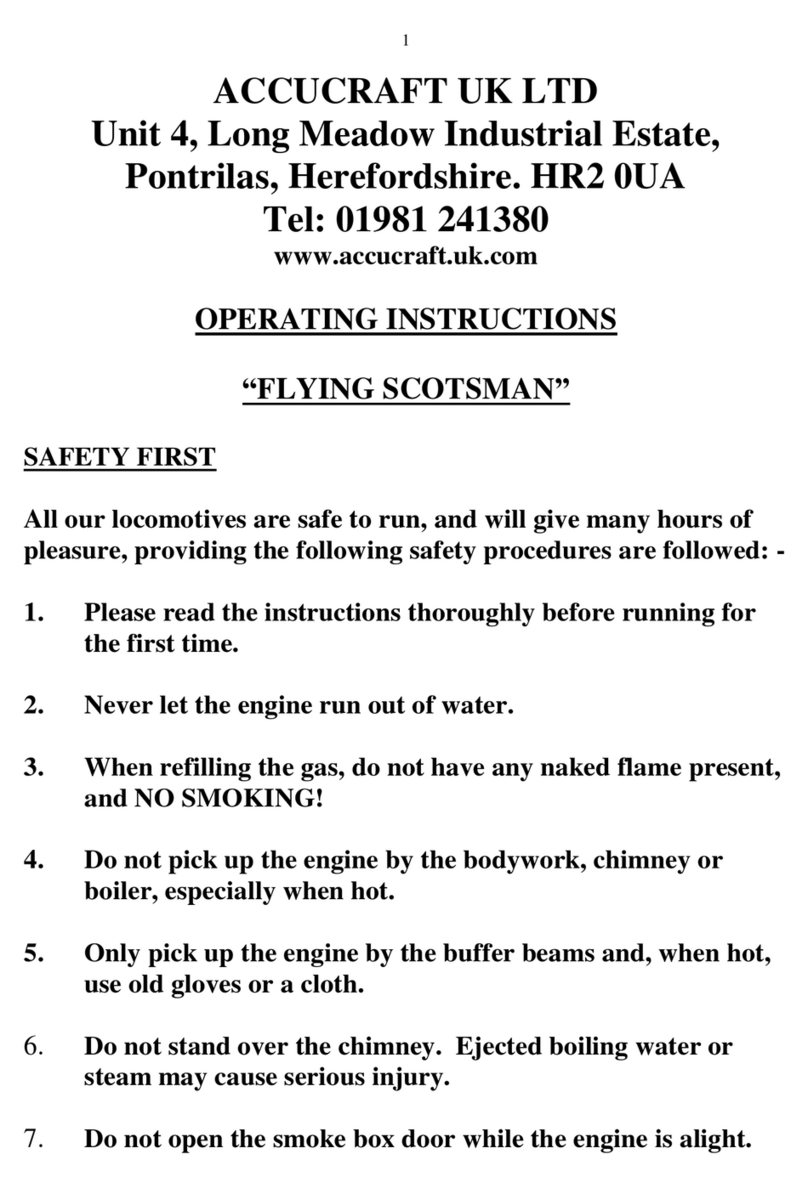
Accucraft
Accucraft FLYING SCOTSMAN User manual
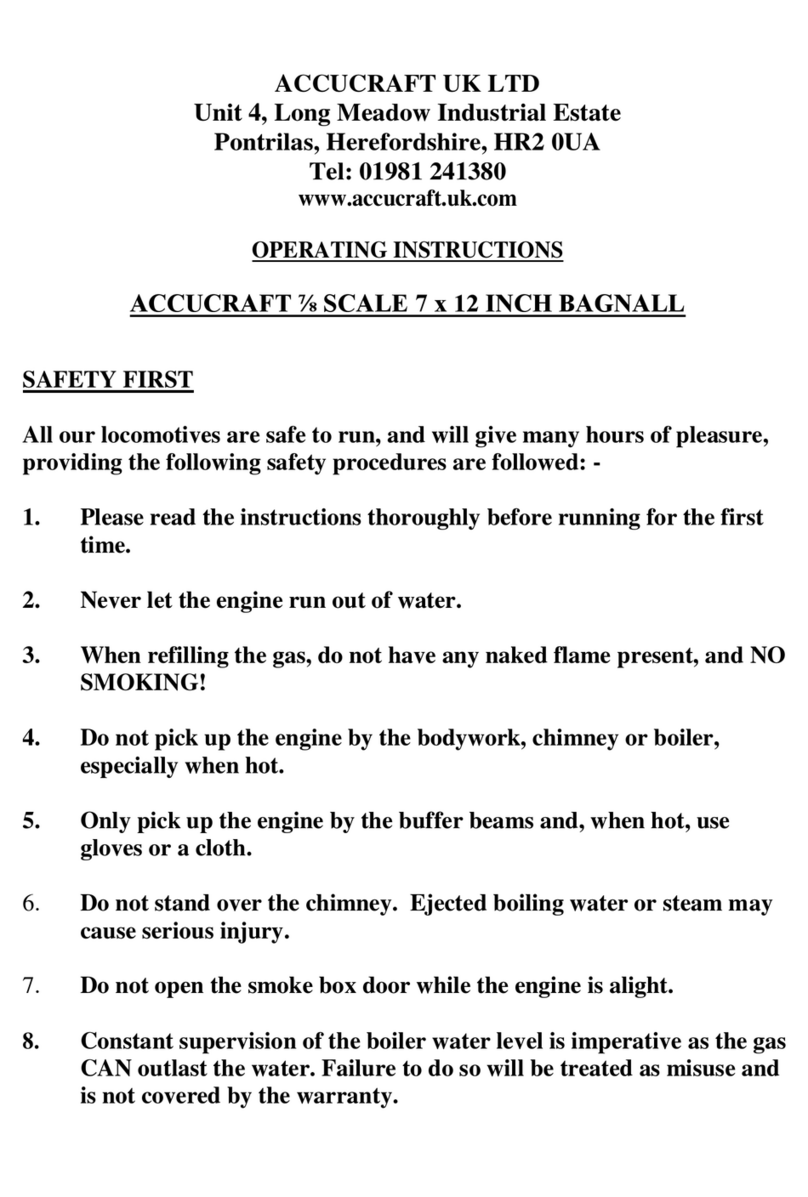
Accucraft
Accucraft ACCUCRAFT 7/8 SCALE 7 x 12 INCH BAGNALL User manual
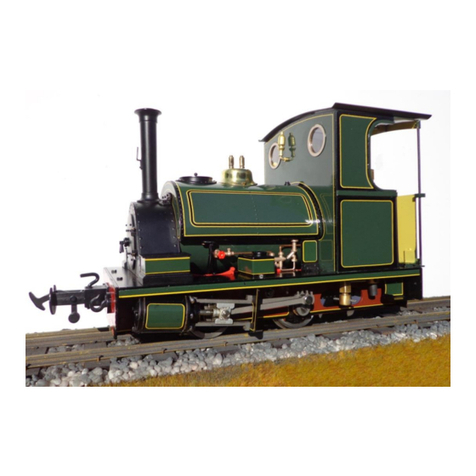
Accucraft
Accucraft PECKETT 0-4-0ST Assembly instructions
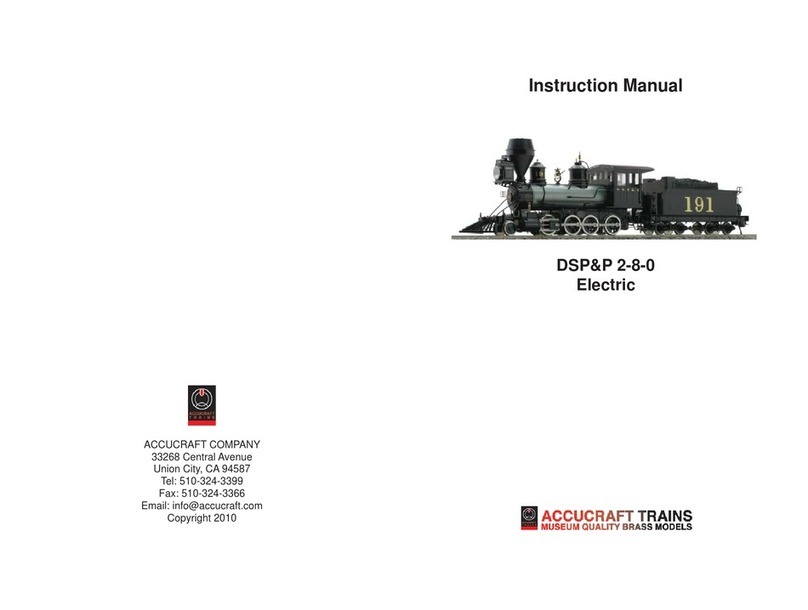
Accucraft
Accucraft DSP&P 2-8-0 User manual
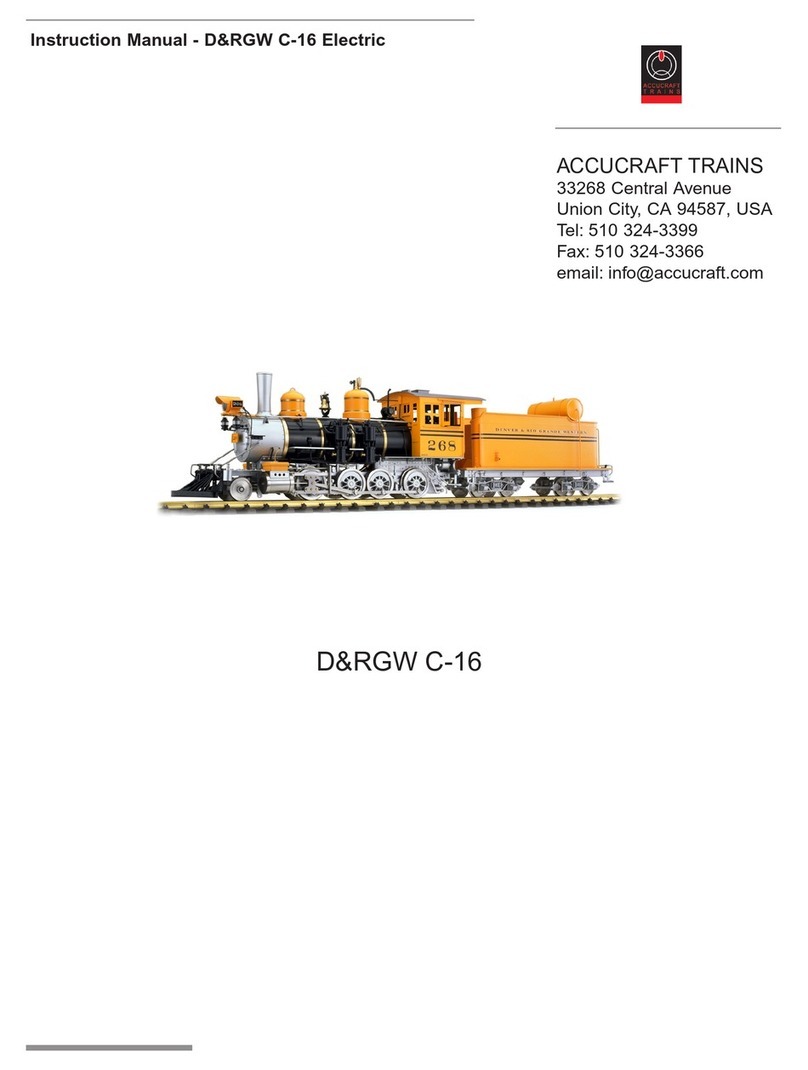
Accucraft
Accucraft D&RGW C-16 User manual
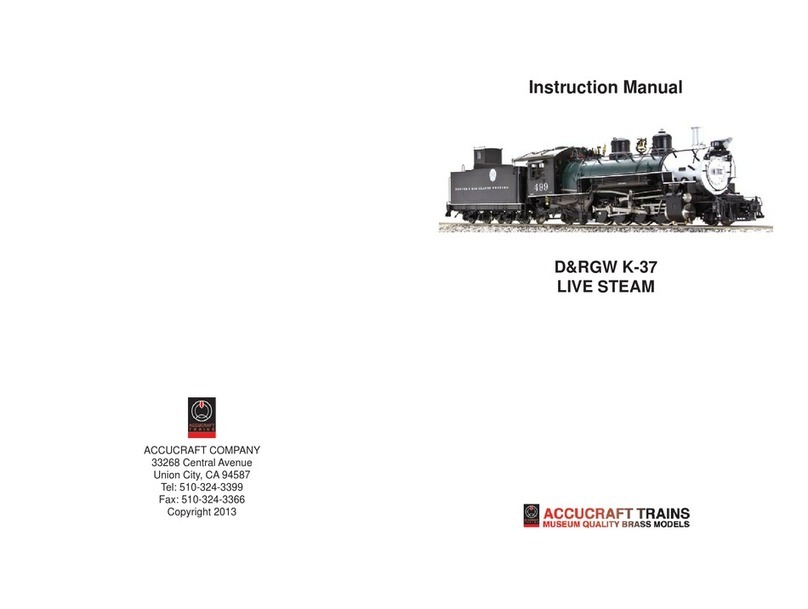
Accucraft
Accucraft D&RGW K-37 User manual
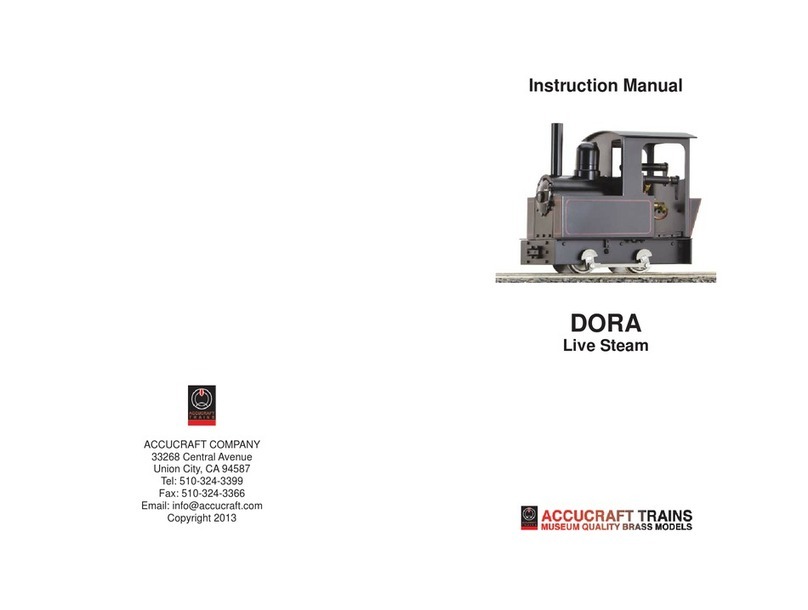
Accucraft
Accucraft Dora User manual
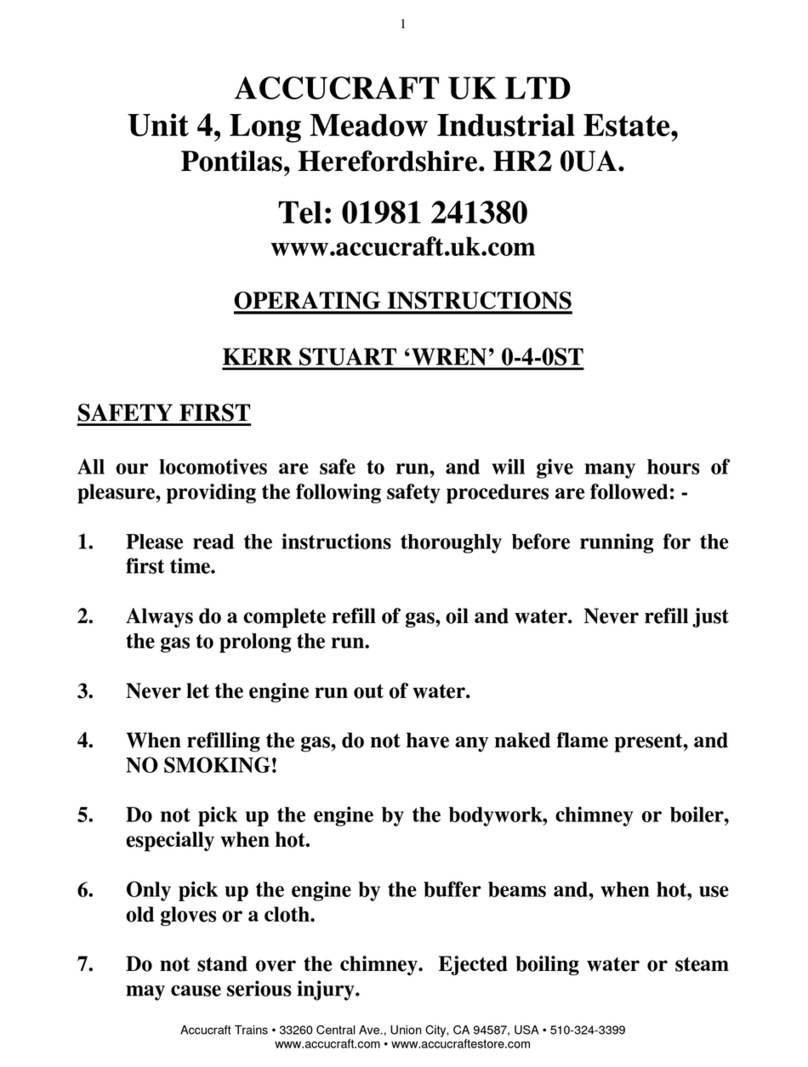
Accucraft
Accucraft KERR STUART WREN 0-4-0ST User manual
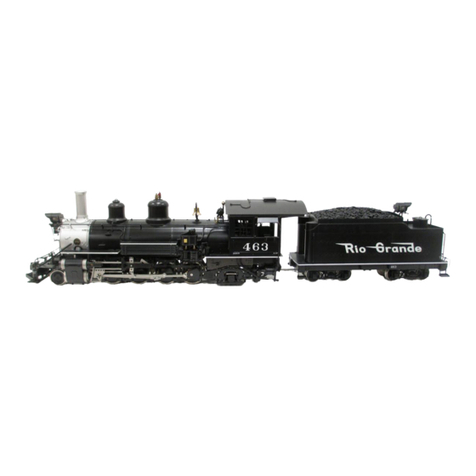
Accucraft
Accucraft D&RGW K-27 463 User manual
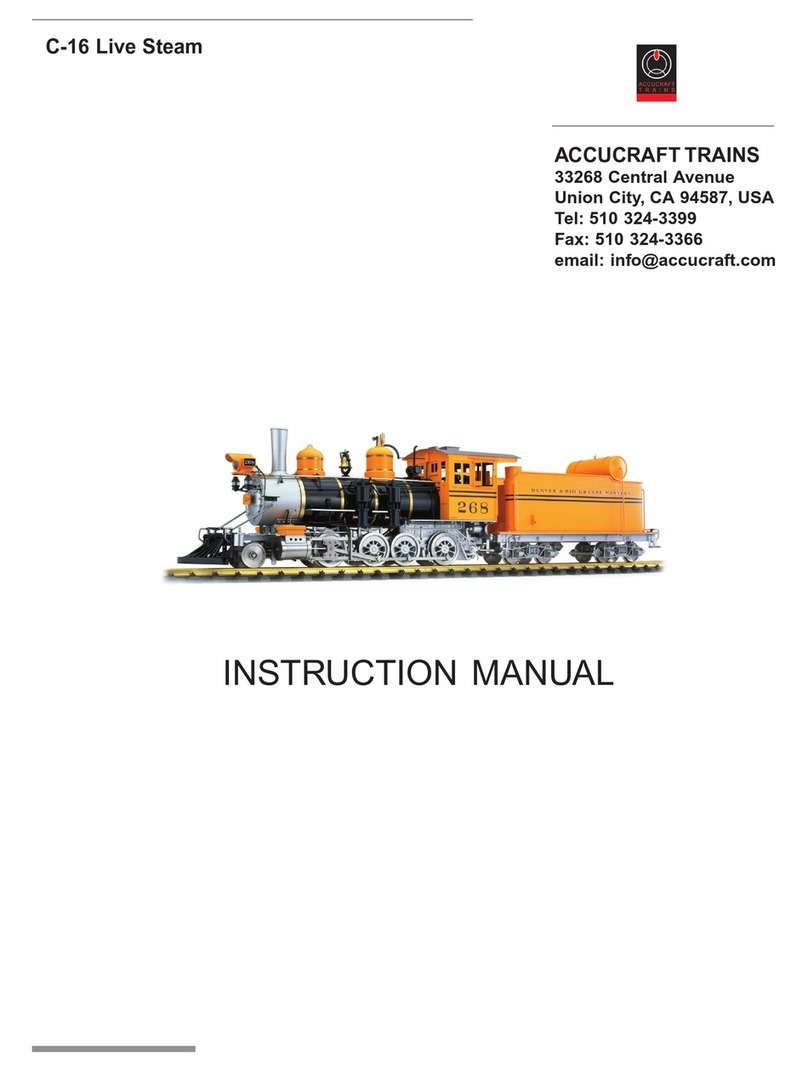
Accucraft
Accucraft D&RGW C-16 User manual
Popular Toy manuals by other brands

FUTABA
FUTABA GY470 instruction manual

LEGO
LEGO 41116 manual

Fisher-Price
Fisher-Price ColorMe Flowerz Bouquet Maker P9692 instruction sheet

Little Tikes
Little Tikes LITTLE HANDIWORKER 0920 Assembly instructions

Eduard
Eduard EF-2000 Two-seater exterior Assembly instructions

USA Trains
USA Trains EXTENDED VISION CABOOSE instructions





















